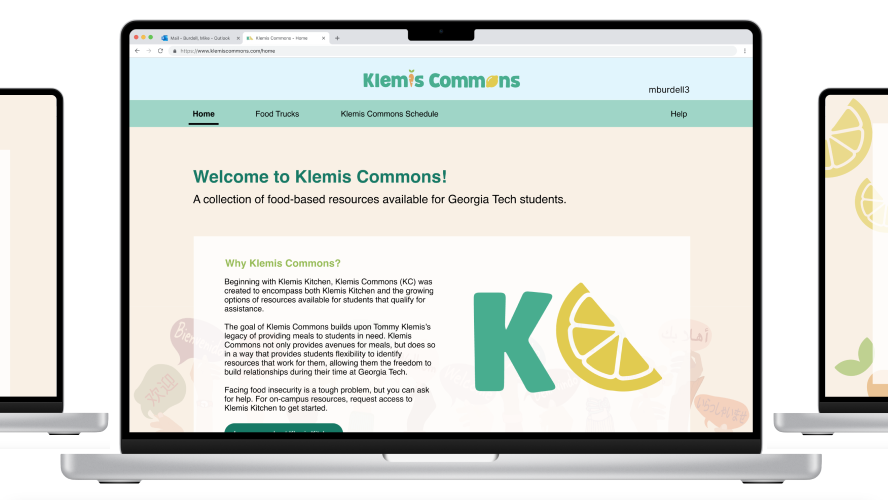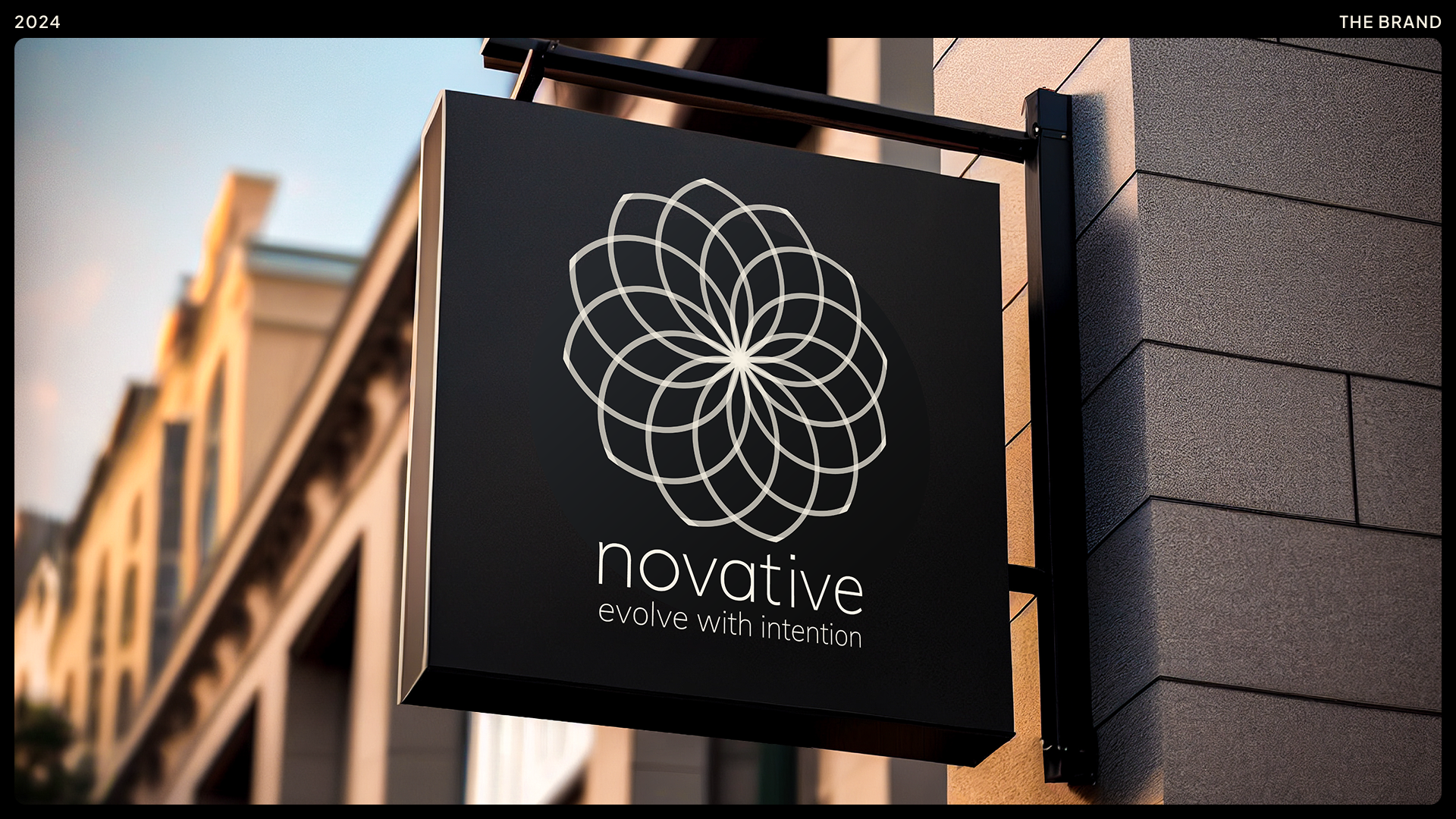Summary
In 16 weeks, we conducted an extensive user study to uncover customer behaviors and purchase motivations, identifying key contextual factors and proposing a Trending Drink Map to drive app engagement and encourage exploration of new drinks.
SPONSOR: Courtney Sutter, Senior UX Researcher at Starbucks
ROLE: Team Lead, User Research, App Design, Facilitation, Backlog Management
Problem Statement
How might the Starbucks Rewards program encourage customers to try new drinks?
Over 80% of Starbucks orders come from routine purchases, leaving a massive opportunity to inspire customers to try something new. With 30+ million Starbucks Rewards users, we saw the potential to spark exploration.
Background Research Findings:
Through desk research, we discovered that typical seasonal demands were decreasing due to market saturation of holiday favorites (e.g. pumpkin spice and peppermint mocha). In-store observations showed us that Starbucks excels in barista recommendations, drink customizations, speed, and ease of use in mobile ordering. App onboarding with new users showed us that coffee-lingo could be intimidating, and verbiage for earning stars was misleading.
User Research and Initial Findings
Research Goals
To guide our methodology and protocols, we aligned on research goals focused on understanding customers' purchase behaviors, ordering habits, frequency of regular vs. new orders, motivations for using the Starbucks app, and existing avenues for discovering new items.
Research Methods
We used surveys, site observations, interviews, contextual inquiry, and competitive analysis to understand customer behaviors, motivations, and initial opportunities to enhance the Starbucks Rewards experience. Below is a summary of our findings per method.
Design Implications from User Research
Social Proof: Customers value peer recommendations, so the app could make sharing or adding popular customizations easy.
Risk Reduction & Incentivization: Customers want reassurance when trying something new, with features like flavor-based recommendations, bonus Stars for incentives, and reminders of the Barista Promise to reduce risk.
Personalization: Customers prefer drinks with familiar flavors and customizable options, so the app could suggest popular flavor combinations to match their preferences.
Ideation and Initial Directions
Ideation Goals
Our goal during ideation was to explore as many ideas as possible while staying aligned with the insights from our user research. This was our time to let creativity flow, prioritize ideas rooted in the identified design implications, and ensure we gave ourselves the best chance to land on something novel and impactful.
Ideation Process
One evening, we dedicated several hours to brainwriting, rotating through design implications every 8-10 minutes and generating 160 ideas across six design categories. We then grouped and affinity-mapped ideas by theme and functionality, dot-voted as a team to prioritize impact and value, and refined the top concepts with client feedback, focusing on novelty while minimizing added employee labor.
Initial Concepts
Dietary Tags: A filtering feature to help users find drinks that align with their dietary or nutritional preferences, offering healthier or lower-calorie options.
Taste Buds: A social feature that lets users exchange drink recommendations with friends for bonus Stars, encouraging connection through virtual or in-person “coffee dates.”
Drink Map: A map-based enhancement showcasing trending drinks at nearby Starbucks locations, helping users discover popular items in their area.
Iterative Design Process
Design Goals
Our iterative design process aimed to refine our solution step-by-step. At each stage, we wanted to connect with primary users to ensure the final prototype was intuitive and user-driven for the right audience.
Iteration Process
Our design process began with paper prototypes for each of the three concepts, where we gathered user feedback (4 participants) to identify the most promising idea. We then developed a mid-fidelity wireframe of the selected concept and tested it with two focus groups (8 participants). Their insights shaped key design implications, which guided the creation of the final prototype.
Paper Prototyping
Done to understand concept strengths and areas of opportunity before concept selection for wire-framing.
Focus Groups (remote)
Done to validate the chosen concept and refine it further based on targeted user insights.
Design Implications for Final Prototype
Refined Design Implications from User Research
Social Proof: Customers want to see what others are ordering, so the app should make it easy to order popular drinks.
Risk Reduction & Incentivization: To encourage trying new items, the app should present drink options by category, highlight the Barista Promise for reassurance, and reward experimentation with bonus Stars.
Personalization: Customers value familiar flavors and customization, so the app could suggest popular flavor combinations that align with their preferences.
New Insights from Iterative Design
Social Proof: Customers want to know why a drink is trending, so the app should provide data-driven explanations for popularity.
Accessibility: To support visually impaired users, the app should include alternatives like alt text, captions, and screen-reader-friendly list views.
Cultural Compatibility: To avoid reinforcing stereotypes, the algorithm should be designed with input from social and cultural experts.
Usability: App usage varies by scenario, so it should offer multiple entry points, clearly communicate features, address out-of-stock notifications, and maintain a simple, intuitive ordering process.
Final Prototype
The Trending Drink Map
An enhancement to the Starbucks Rewards app, targeted toward expert users, encourages customers to try new drinks by sharing popular drinks on a map-based interface. Accompanied by stats for drinks, drink types, and location, customers can see why drinks are trending and filter for drinks new to them based on previous purchase history.
Additional bonus star incentives are added to the home page along with new-to-you drinks to encourage purchases, and the Barista Promise is added to a top banner for added reassurance on new experiences.
Prototype Evaluation Outcomes
Evaluation Goals
With our final prototype, we wanted to investigate accessibility more deeply and ensure some of the concerns from our users were accounted for,
Evaluation Process
We tested our designs through an expert cognitive walkthrough, heuristic evaluations, and user-testing evaluations. The feedback gathered helped identify fine-tuned improvements with UI elements (images, font size, language), and responsiveness to device accessibility features (zoom behaviors, missing alt text, etc.). Heuristic and user evaluations provided a list of recommendations for the prototype and/or Starbucks at large.
Conclusions
What We Learned
Feedback from experts highlighted opportunities to improve element spacing, banner placement, terminology, and how trending items are displayed. Users were motivated by rewards and location-based drink trends but found some terms and entry points confusing, underscoring the need to align with existing mental models.
Feedback from experts highlighted opportunities to improve element spacing, banner placement, terminology, and how trending items are displayed. Users were motivated by rewards and location-based drink trends but found some terms and entry points confusing, underscoring the need to align with existing mental models.
What It Means
Pairing personalized bonus Star incentives with clear, transparent flows is key to driving engagement. Presenting trending drink data by categories like location, time of day, and drink type empowers users to explore new options while staying connected to their preferences.
Pairing personalized bonus Star incentives with clear, transparent flows is key to driving engagement. Presenting trending drink data by categories like location, time of day, and drink type empowers users to explore new options while staying connected to their preferences.
Next Steps
We recommend iterating on Drink Map entry points to test their placement in the purchase flow, refining how new features are introduced, and exploring alternative formats for displaying drink trends. Expanding research to understand user flows, mental models, and accessibility needs will ensure the solution remains inclusive and impactful.
We recommend iterating on Drink Map entry points to test their placement in the purchase flow, refining how new features are introduced, and exploring alternative formats for displaying drink trends. Expanding research to understand user flows, mental models, and accessibility needs will ensure the solution remains inclusive and impactful.

